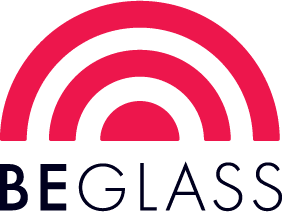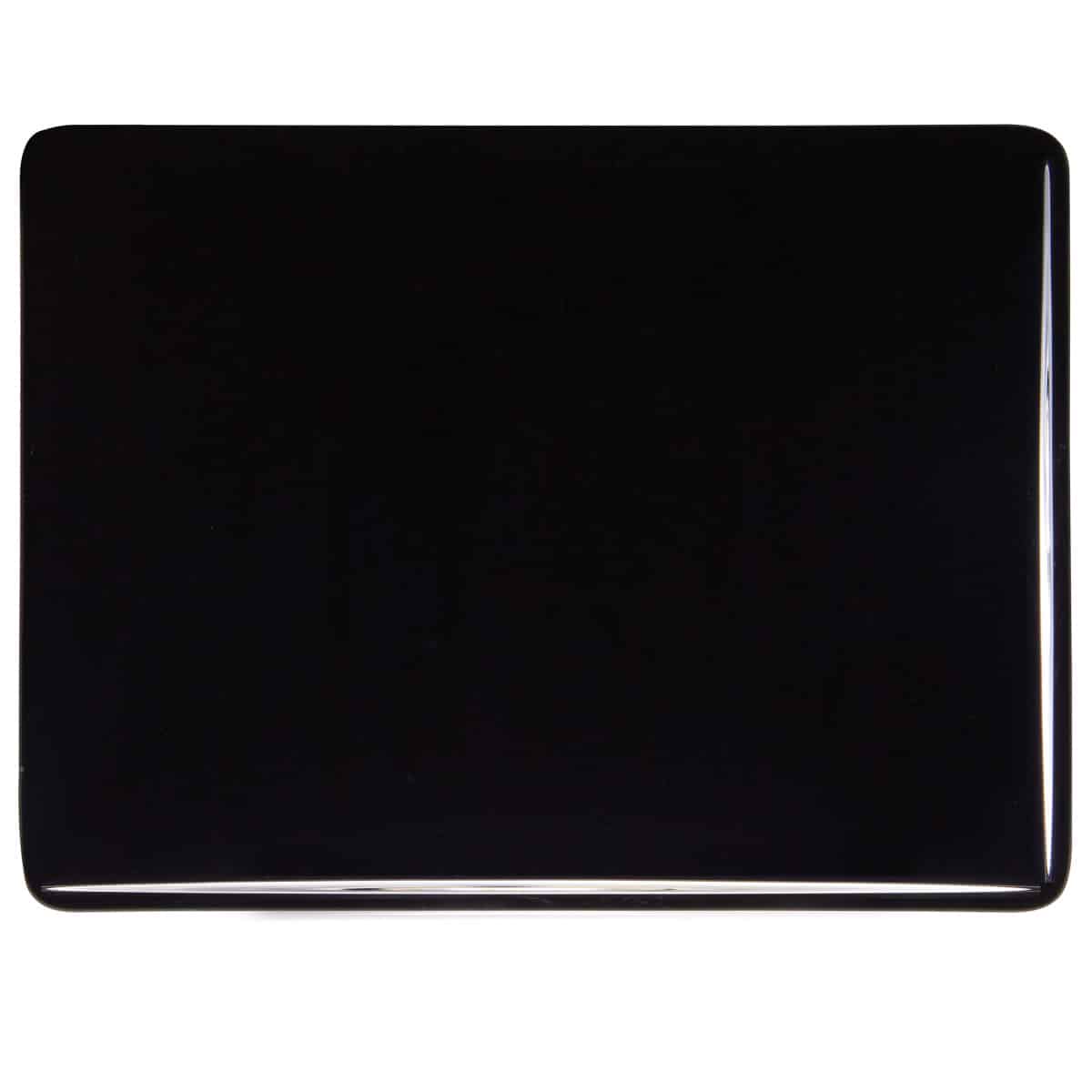Overview
Reactive Potential
Non-reactive. Neutral.
Forms of Glass
Sheet Glass (-0030, -0050), Frit (-0001, -0002, -0003, -0008), Rod (-0576), Stringer (-0507, -0107, -0272), Ribbon (-0401), Confetti (-0004), and Billet (-0065)
Detailed Information
About 000100 Sheet Glass
Cold Characteristics
Although termed an opal due to its almost total lack of light transmission, this is (in terms of its composition) actually a transparent glass.
Working Notes
Low viscosity. Will flow sooner and more than other glasses. In very thin sections the color may vary from reddish/gray to bluish/gray.
Bullseye Compatible.
Working Notes for Rainbow Iridescent Textures
(-0024, -0044, -0046, -0048, -0054, -0056, -0071, -HR71, -RI71)
Lay-up: When Firing Rainbow Iridescent Texture sheet glasses face up on the top layer of a 6mm construction, some of the original texture often remains, even when firing to a full fuse (1490°F/810°C).
About 000100 Frit
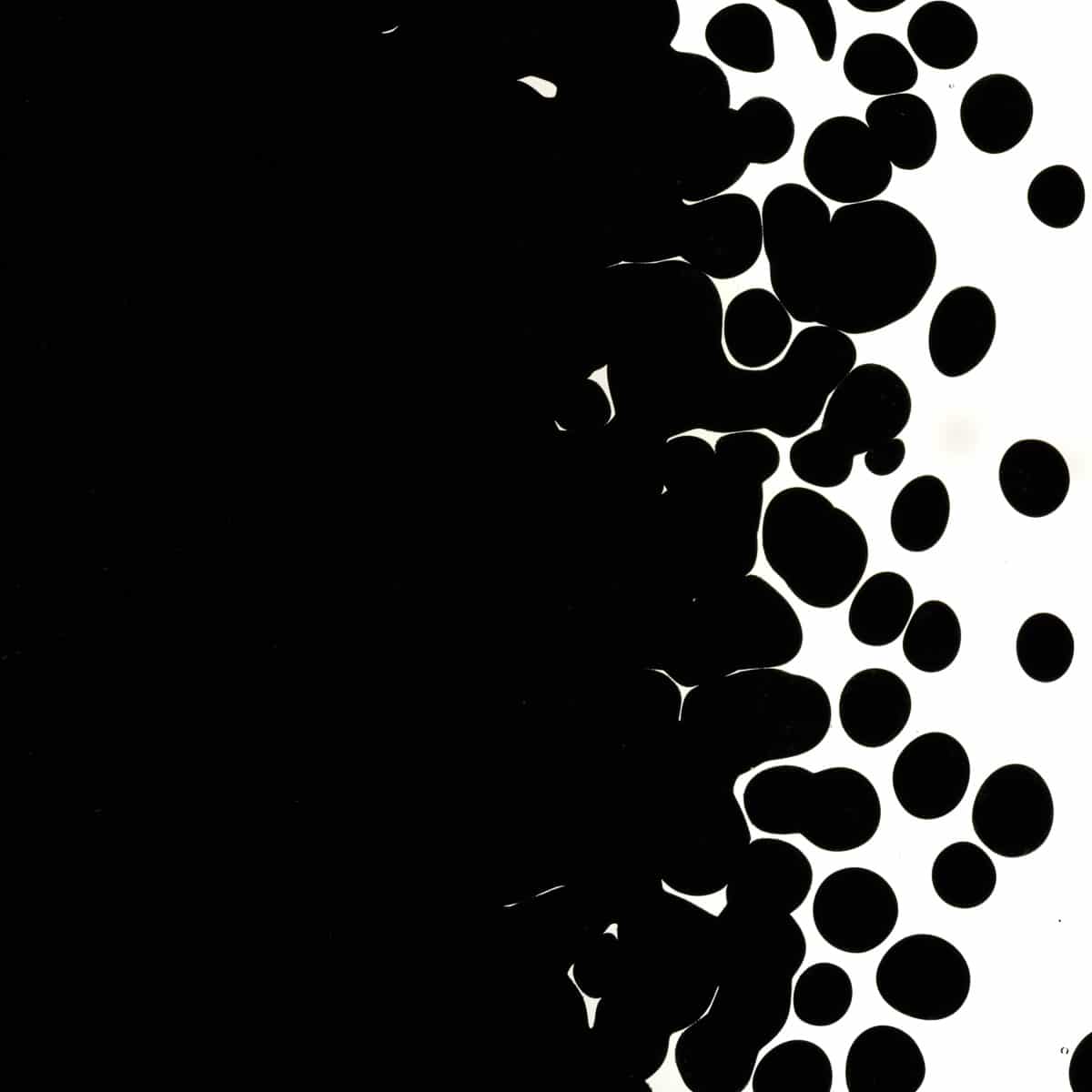
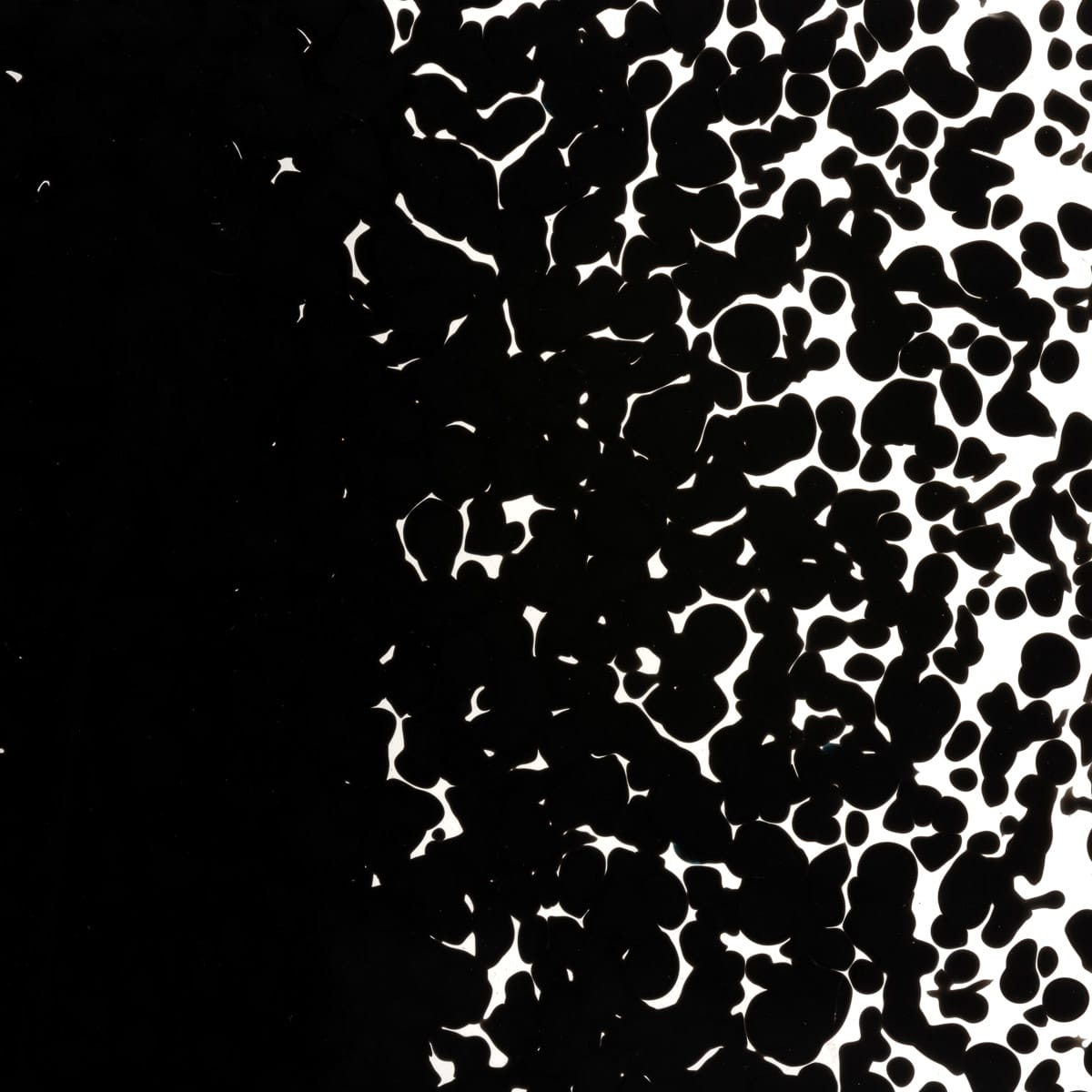
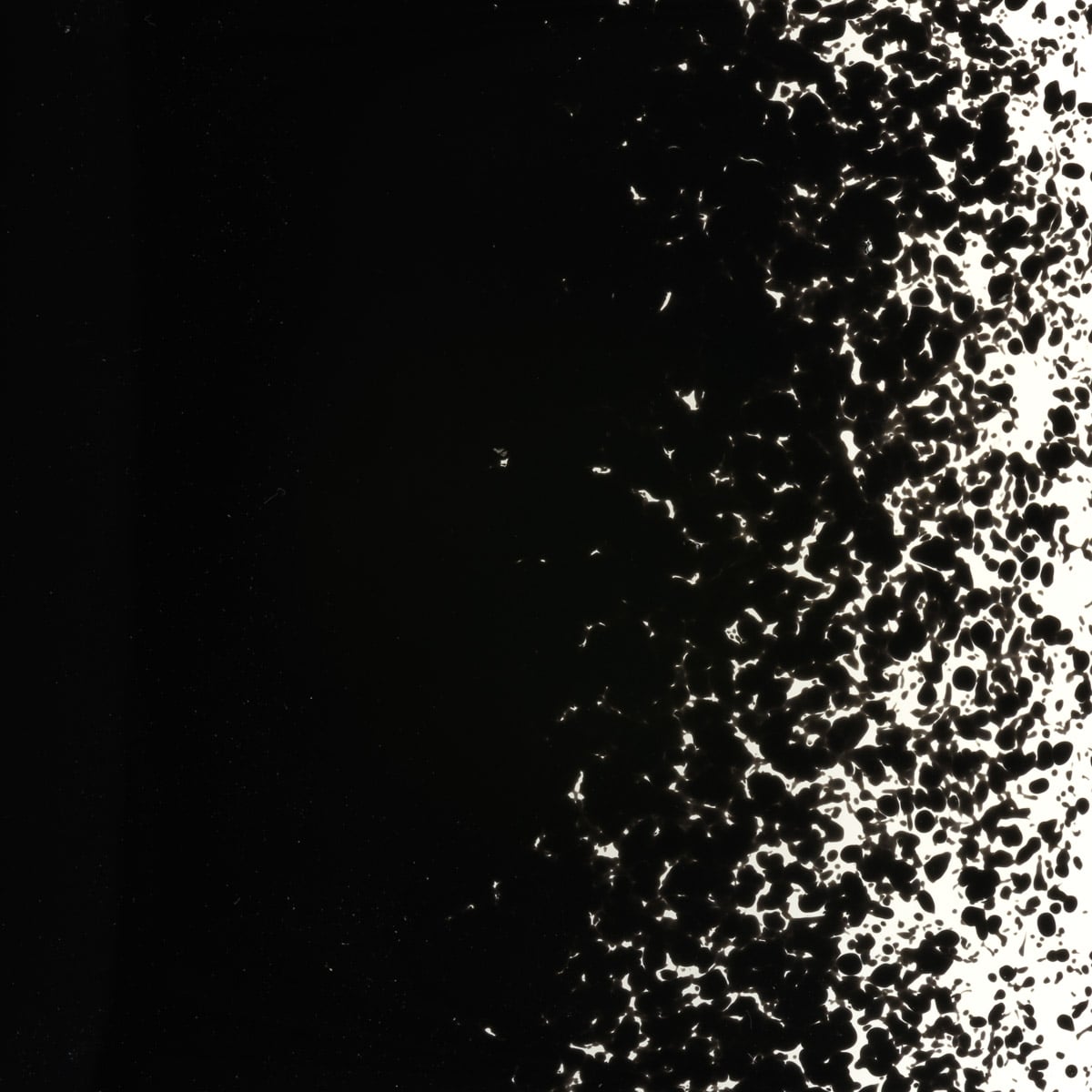
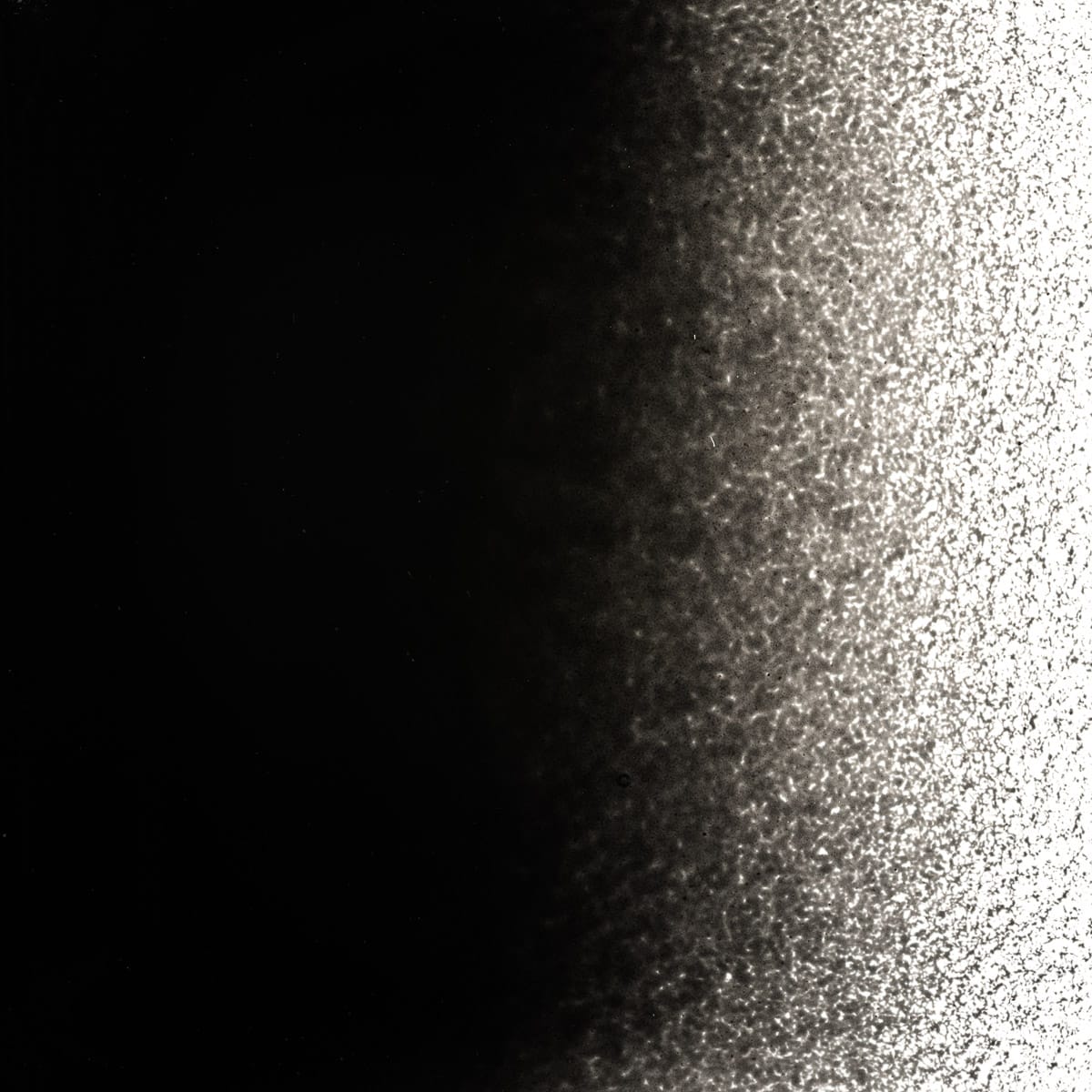
Working Notes
See sheet glass notes for this style.
About 000100 Rod
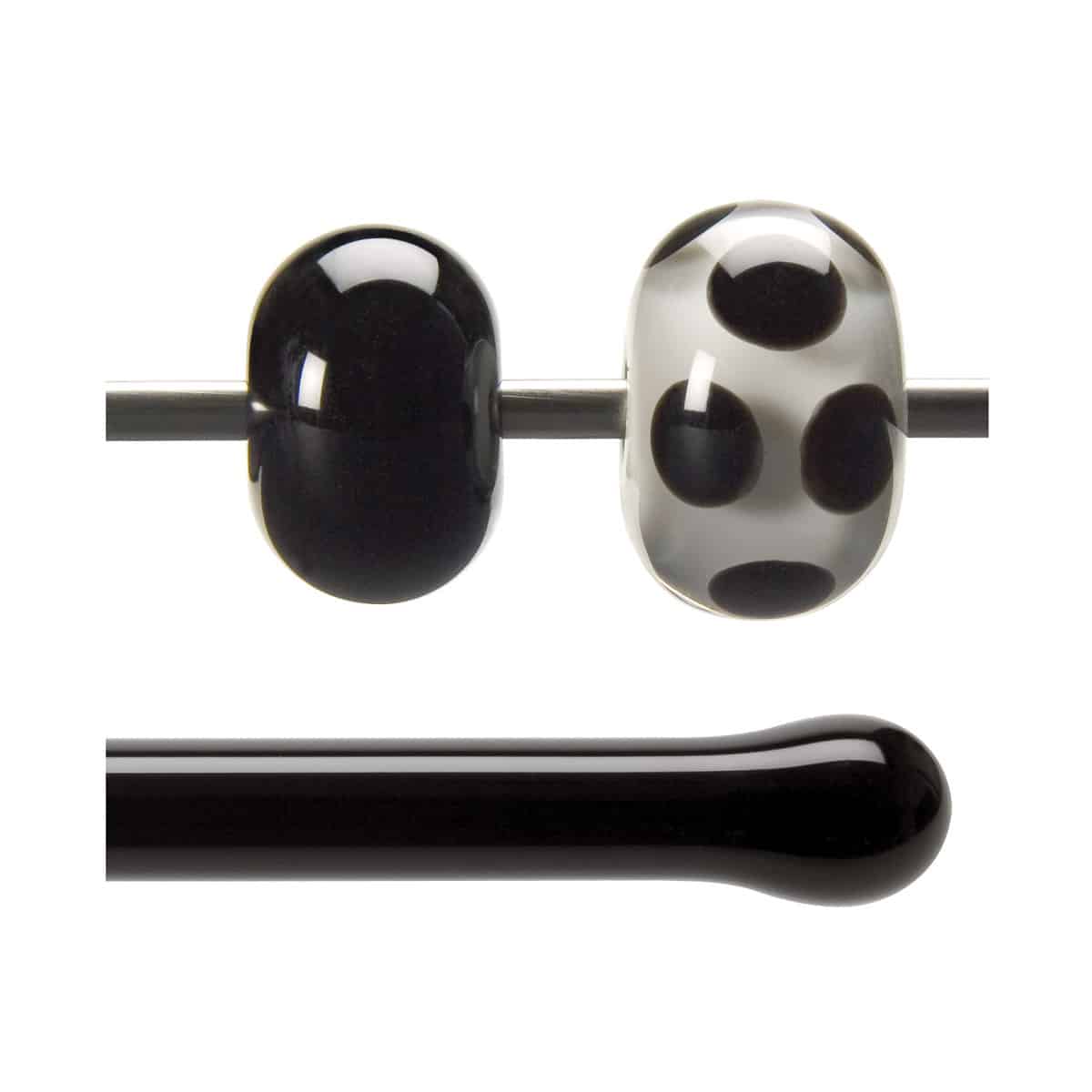
Cold Characteristics
True black.
Working Notes
Torch: Black Opalescent Rod (000100-0576) remains black except in extremely thin applications, when it may become dark gray. It is a soft glass. Beware of heating the glass so much that it bleeds and webs out over other glasses‚ or use this quality as a design element. Consider using Stiff Black Opalescent (000101-0576) for a crisper appearance.
Kiln: Working properties and kilnformed characteristics are consistent with sheet glass. See sheet glass notes for this style.
About 000100 Stringer
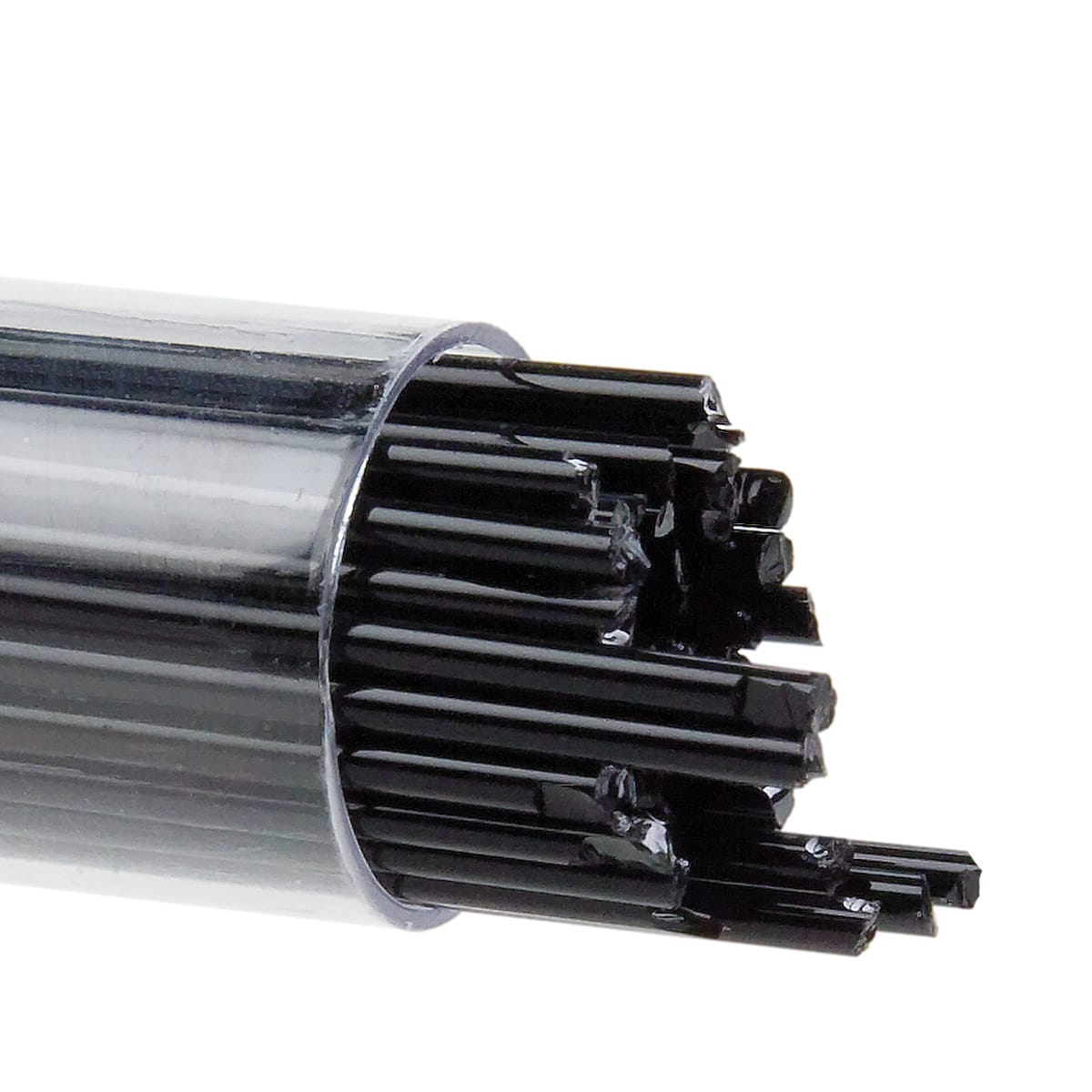
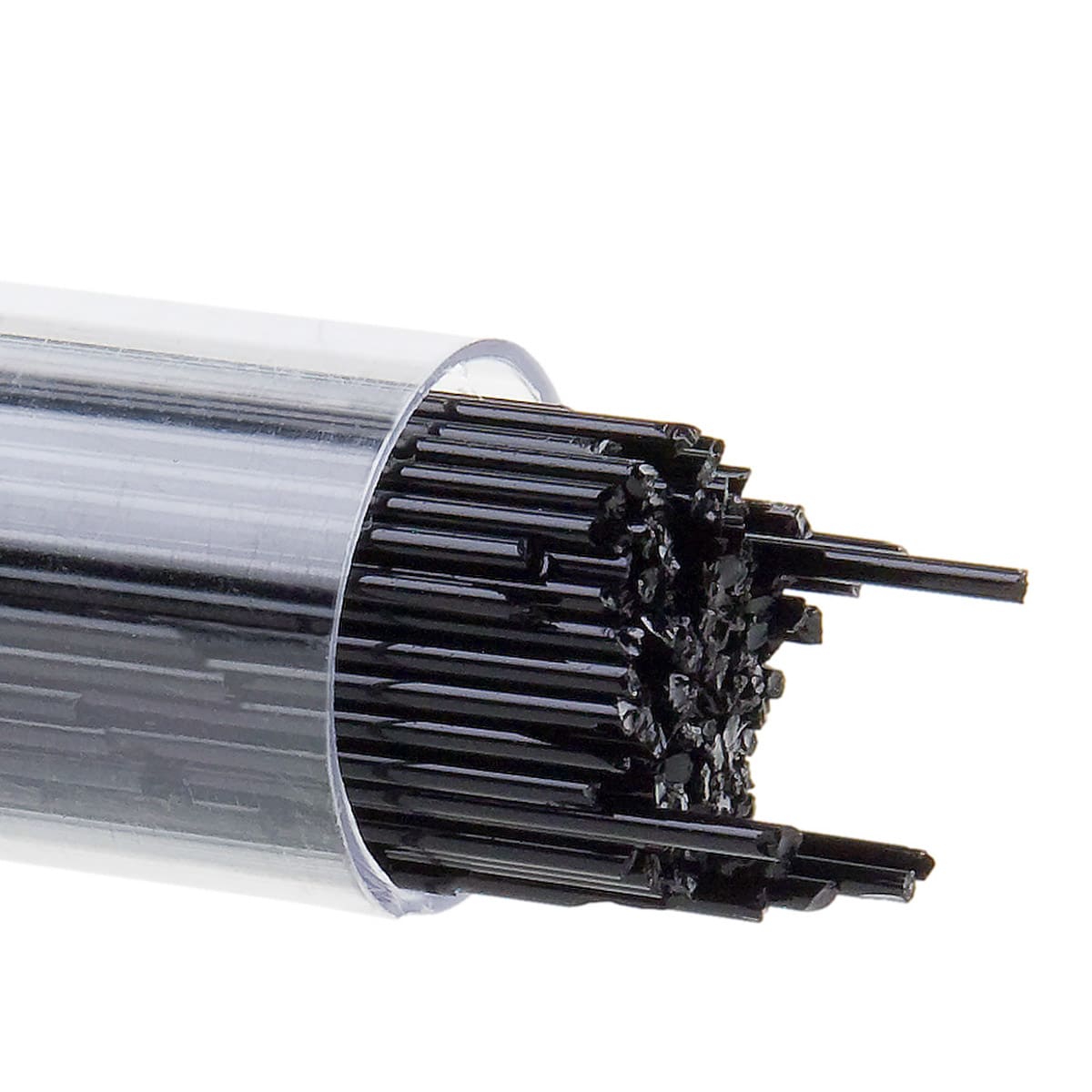
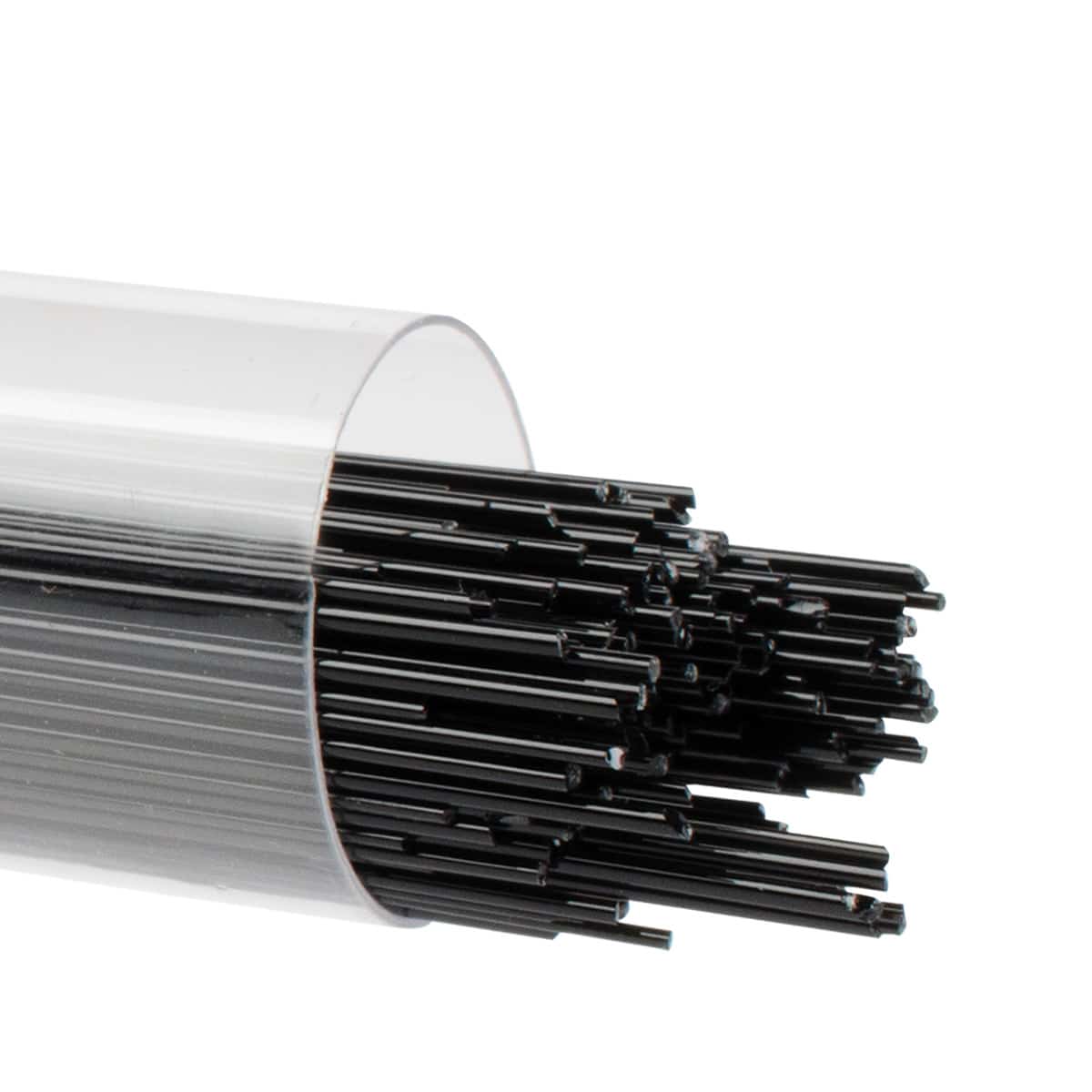
Working Notes
See sheet glass notes for this style.
About 000100 Ribbon
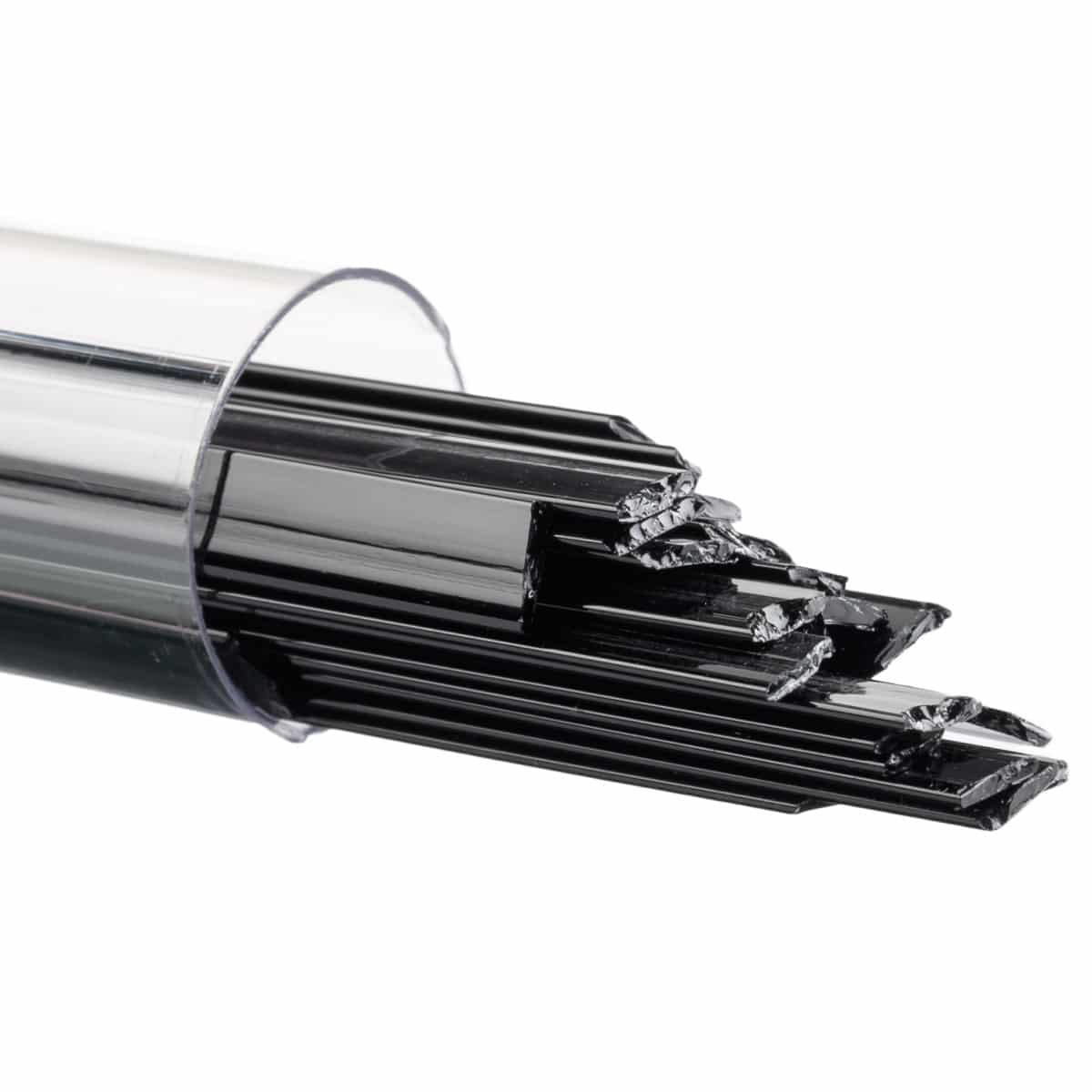
Working Notes
See sheet glass notes for this style.
About 000100 Confetti
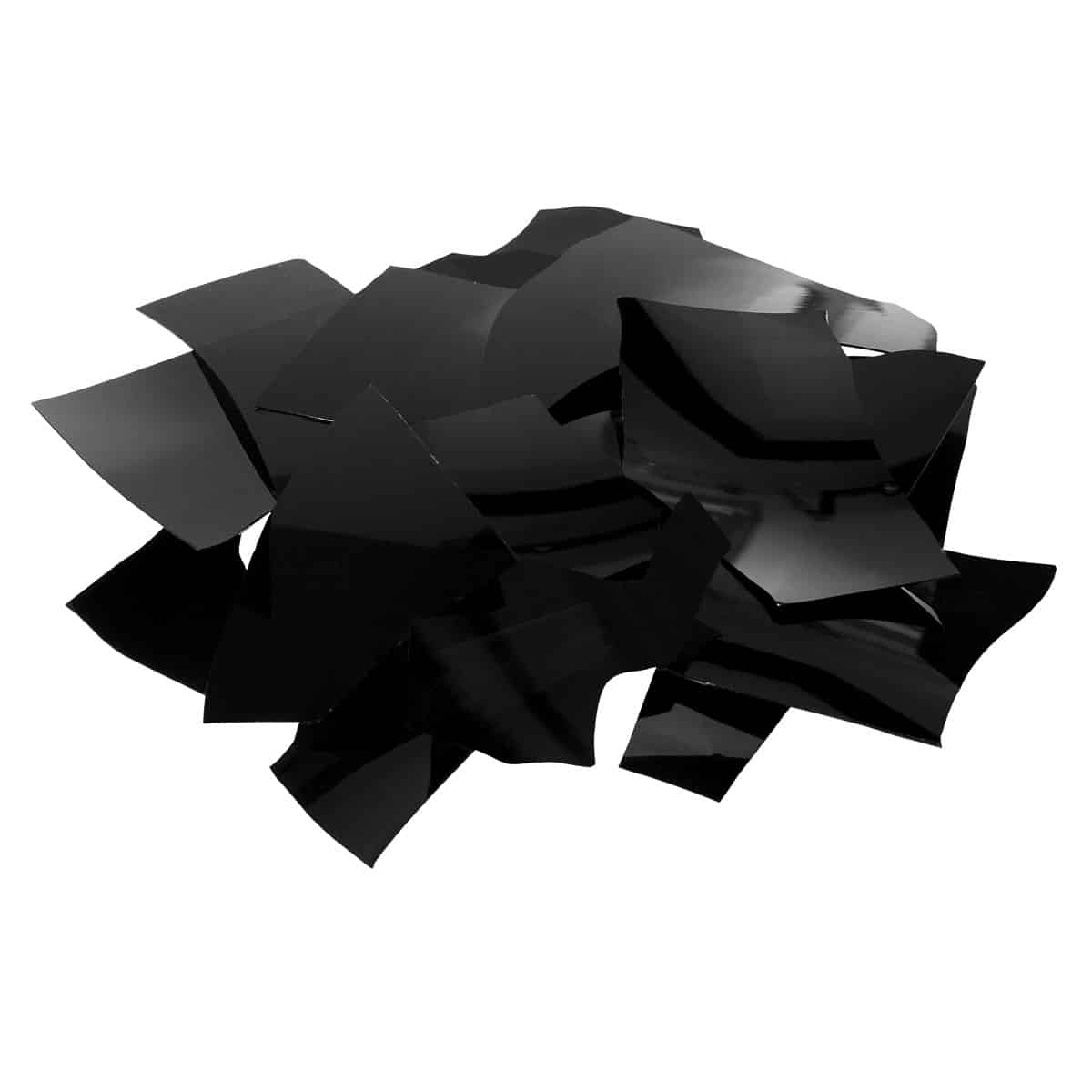
Working Notes
See sheet glass notes for this style.
About 000100 Billet
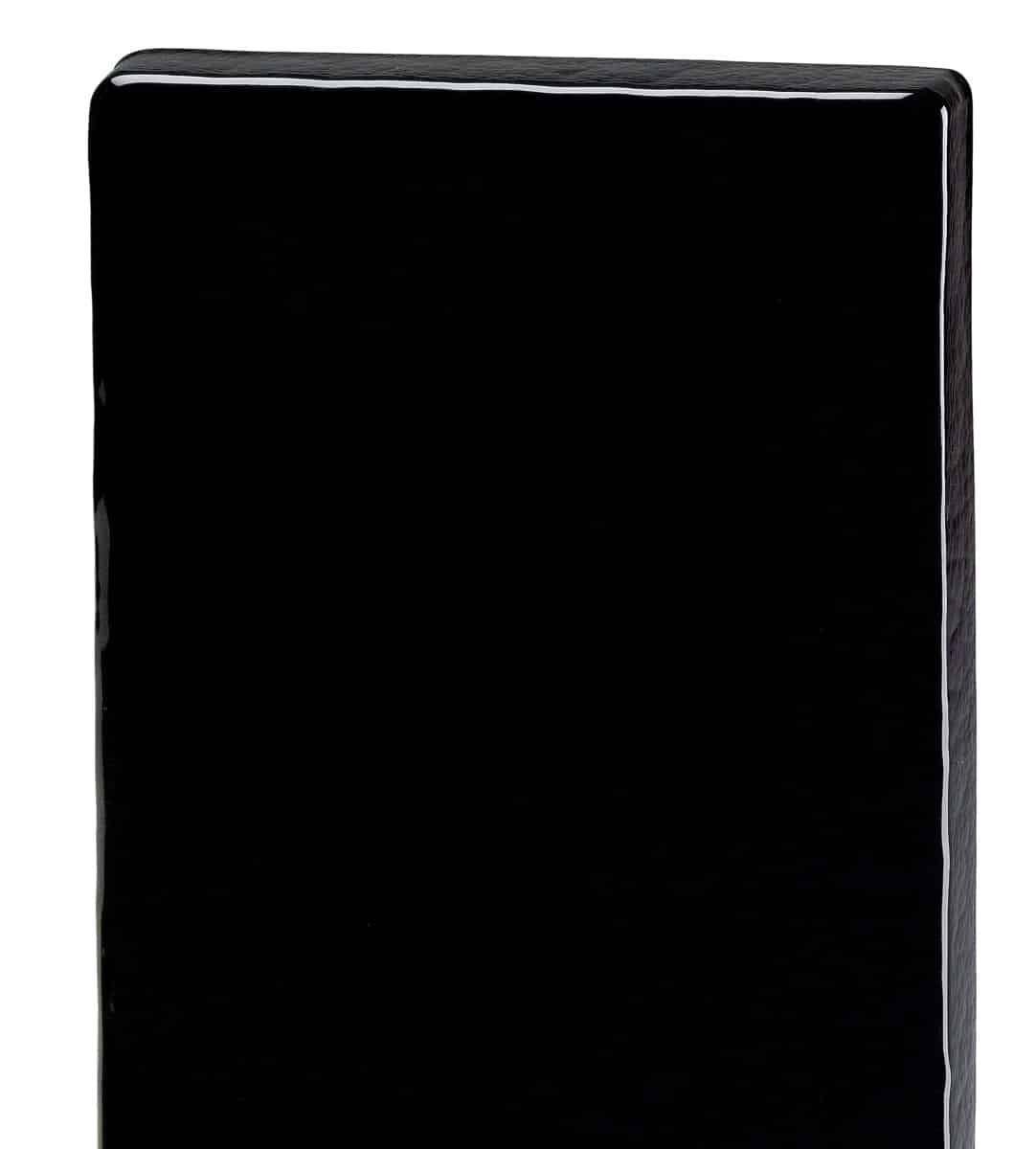
Working Notes
See sheet glass notes for this style.
